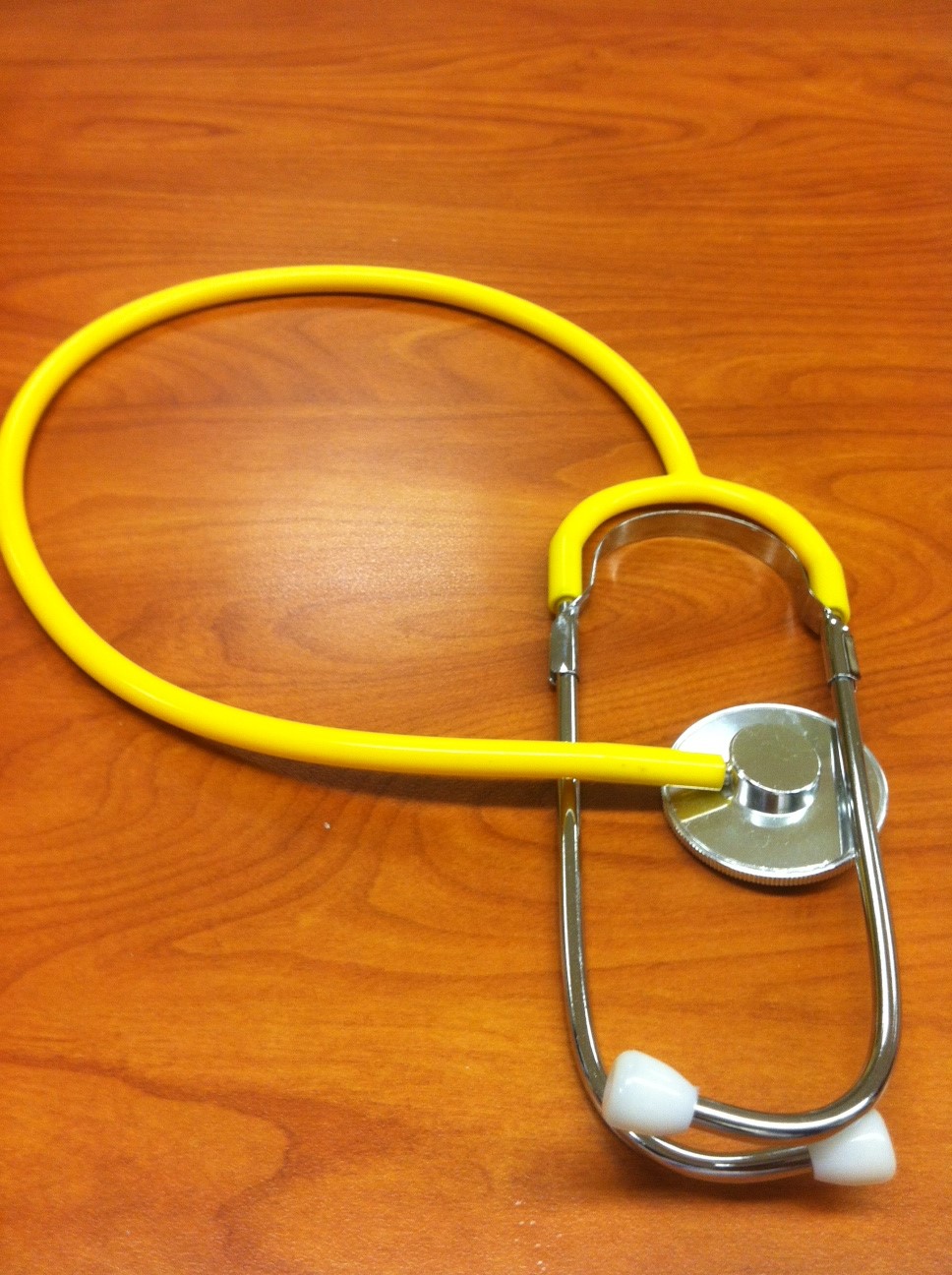I can recall, though it seems quite long ago, my first Basic Life Support (BLS) course as a first year medical student. The instructor dutifully demonstrated on a mannequin to eager young medical students what to do if someone is found unresponsive. Shaking the unmoving mannequin she said loudly, “Sir, are you ok?” Then hearing no response she showed us how to check for a pulse and spontaneous breathing. “if not present” she said, “call for help and start CPR”. Me, ever the smart-ass, took my own approach. “Sir, are you ok?” Then, grabbing the mannequin tightly to my chest “NOOOO! why? WHY?!”
This didn’t enamor me to the instructor very much and earned me most of the difficult clinical scenarios of the day.
Classes like these are now mandatory for those working in hospitals. Just about all employees have to go through BLS training, and many employees in more advanced clinical settings are also required to take Advanced Cardiac Life Support (ACLS). ACLS is an advanced skill set taught to medical personnel who work in areas of the healthcare field who may have encounters with patients that require interventions beyond the scope of BLS.
Those of us in the medical field who are required to recertify ACLS have long dreaded the process of ACLS recertification. Part of that is because it can be an intense course that makes many feel nervous. Part of it is also because it is expensive and time consuming. But the greatest reason why most who undergo ACLS training object to it is for a different reason entirely: they feel that is simply unnecessary. Continue reading “It’s Time to Move On From ACLS Certification.”

